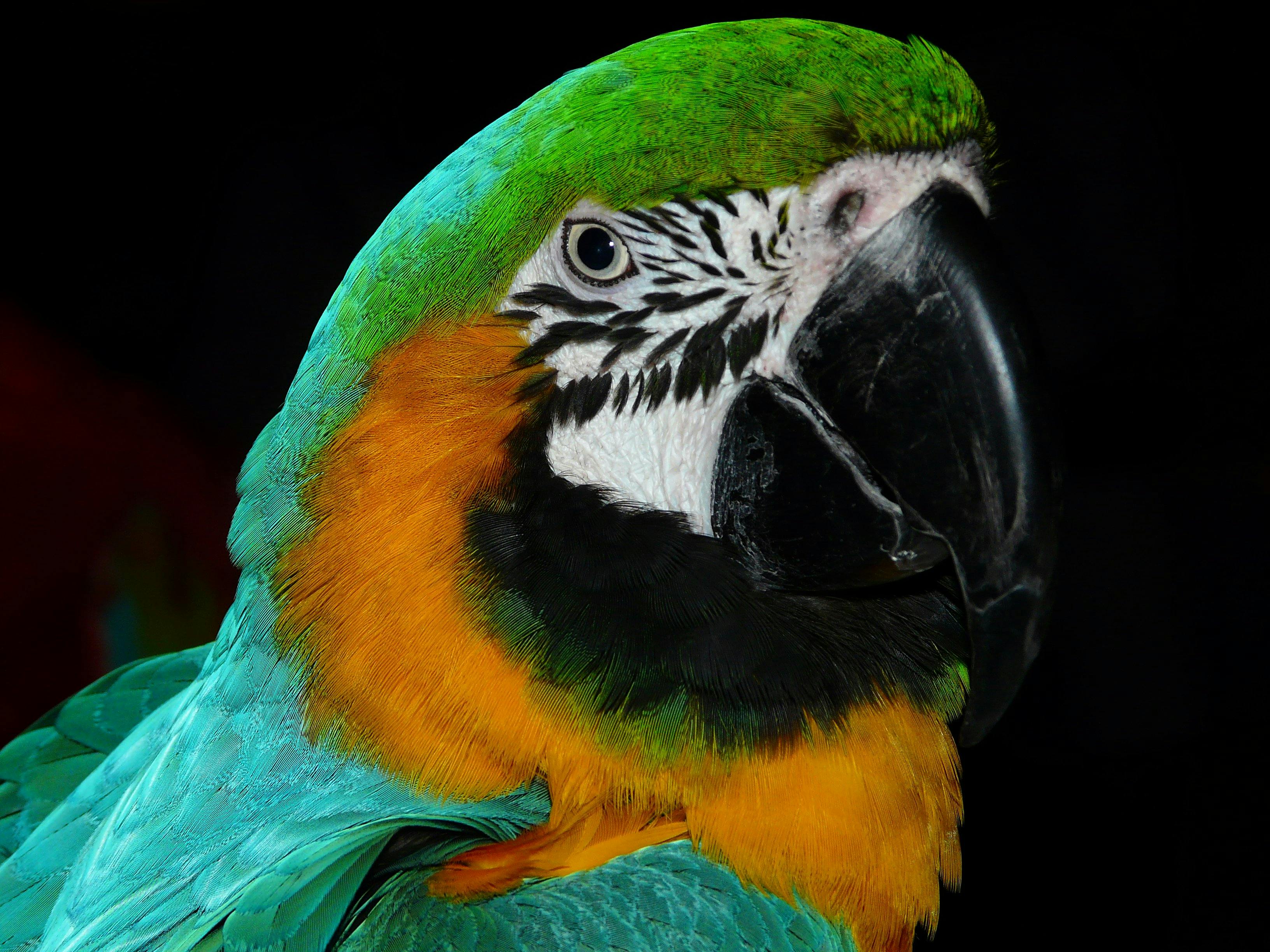Smart Ways to Optimize Shrimp Tank Setup: Latest Tips for Success in 2025

Essential Guide to Shrimp Tank Setup: Proven Methods for a Vibrant Aquarium in 2025
Setting up a shrimp tank can be an exhilarating journey for aquarists, whether you're a beginner or an experienced hobbyist. The vibrant world of shrimp aquariums offers not only beauty but also serves as a rewarding ecosystem that promotes the delightful creatures' health. In this comprehensive guide, we will explore proven methods for creating a flourishing shrimp tank, including essential requirements for setup, maintenance tips, compatible tank mates, and much more for a successful shrimp aquarium setup.
With shrimp becoming increasingly popular among aquarium enthusiasts, understanding their specific needs—such as water temperature, tank cycling, and the right parameters—is crucial for their thriving. This article not only delves into shrimp tank requirements but also provides helpful tips on shrimp tank design, lighting, filtration system choices, and algae control mechanisms. Expect professional insights and practical advice that cover everything from the starter kit to maintaining a healthy shrimp ecosystem.
Join us as we navigate this aquatic adventure with our shrimp tank setup guide, ensuring your journey culminates into a vibrant and sustainable tank environment for your shrimp to flourish. Ready to dive in? Let's get started!

Essential Equipment for Your Shrimp Aquarium Setup
To begin with, having the right shrimp tank equipment is fundamental to a successful aquarium. It ensures the ideal conditions necessary for shrimp to thrive. Your shrimp tank setup should ideally include the following:
Choosing the Best Shrimp Tank Size
The size of your shrimp tank is crucial. A 10-gallon tank is often recommended for beginners, providing a sufficient volume of water that helps stabilize conditions. Larger tanks allow better water parameter stability, which is essential for shrimp health. Always consider the species of shrimp as different species might have varying space requirements.
Essential Filtration Systems
Your shrimp tank filtration system plays a vital role in maintaining water quality. Shrimp are sensitive to high currents, so it’s advisable to use sponge filters or canister filters with adjustable flow rates to minimize stress. Consider using filtration media that promotes biological filtration, essential for establishing a healthy shrimp ecosystem.
Lighting Options for Shrimp Tanks
Lighting is often overlooked in shrimp aquarium setups; however, it is significant for the growth of aquatic plants and the overall aesthetic appeal. LED lights are a popular choice as they emit low heat and are energy-efficient. Remember to maintain lighting for 8-10 hours daily to ensure a natural day/night cycle for your shrimp.
Substrate Selection: Sand vs. Gravel
The substrate of your shrimp tank can affect the water's chemistry. Fine sand or specialized shrimp substrates help in anchoring plants while allowing shrimp to forage naturally. When choosing between sand and gravel, consider how each affects detritus accumulation and provide adequate surfaces for beneficial bacteria growth.
Water Parameters and Maintenance Equipment
To sustain a healthy shrimp environment, it's imperative to monitor water parameters such as pH, ammonia, nitrates, and hardness using a shrimp tank testing kit. Regular water changes (25%) every 1-2 weeks can significantly help maintain water quality, crucial for the wellbeing of your shrimp.
Building on these essentials, the next section will delve into how to effectively cycle your shrimp tank for optimal habitat establishment.
Cycling Your Shrimp Tank for Optimal Health
Cycling is a crucial process for establishing beneficial bacteria that convert harmful substances in your shrimp tank. Understanding the cycle will yield a healthy shrimp environment free from toxins.
The Nitrogen Cycle Explained
The nitrogen cycle involves three main phases: ammonia buildup from shrimp waste, conversion of ammonia to nitrites, and subsequently to nitrates by beneficial bacteria. This process is vital as it reduces toxicity in your tank. Regular monitoring during this phase using a testing kit ensures that you can make necessary adjustments.
How Long Does Tank Cycling Take?
Typically, the cycling process can take 4-6 weeks. It’s wise to initially add hardy shrimp species that can tolerate slight spikes in ammonia during the nitrogen cycle. Remember to avoid adding all your shrimp at once; this strategy eases the cycle load.
Tips for Faster Cycling
To accelerate the cycling process, consider using a mature filter media from an established aquarium, adding ammonia source products specially designed for cycling, or using cycling solutions with live bacteria. Each of these options can significantly reduce the time needed for your tank to mature.
Common Cycling Mistakes to Avoid
One common mistake is adding shrimp too soon. Always wait for the nitrite levels to drop to zero before introducing shrimp to the aquarium. Additionally, avoid overfeeding during this period, as leftover food can contribute to ammonia spikes.
With these cycling insights, we can now transition to discussing proper shrimp tank decoration and the importance of providing a stimulating environment for your shrimp.
Creating the Ideal Shrimp Tank Environment
The right decorations and plants in your shrimp tank do not just enhance aesthetics; they also offer shelter and foraging opportunities for your shrimp. A well-structured setup promotes healthier behavior and minimizes stress levels in your shrimp.
Best Shrimp Tank Plants Recommendations
Incorporating live plants into your shrimp aquarium is highly beneficial. Plants like Java moss, Anubias, and Hornwort serve as natural hiding spots and provide food sources for baby shrimp. Additionally, they assist in oxygenating the water and absorbing nitrates.
Decorative Elements: Rocks, Driftwood, and More
Using driftwood and rocks creatively can replicate a natural habitat. Ensure that any decorations you add are aquarium-safe and free from harmful chemicals. A well-planned landscaping approach can enhance the appeal and functionality of your shrimp tank.
Creating Hiding Spots and Territories
Providing various hiding spots will help reduce stress among shrimp, as they can retreat when feeling threatened. Techniques for creating hiding spots include layering different substrates and placing decorations in various orientations, allowing shrimp to choose their preferred spots.
Maintaining Aesthetic Appeal and Functional Design
Aesthetics play a significant role in aquascaping your shrimp tank. A visually appealing design improves your experience as an aquarist. Choose colors and arrangements that complement the shrimp varieties you are keeping, while remaining functional.
This discussion leads us to vital preventive measures regarding shrimp health and maintaining water quality, ensuring longevity and vitality in your shrimp tank.
Maintaining Water Quality and Health in Your Shrimp Tank
Water quality is paramount in shrimp care. Monitoring and maintaining stable parameters is essential for preventing disease and promoting shrimp growth.
Important Water Parameters for a Thriving Shrimp Tank
Key water parameters to monitor include pH levels (ideal range 6.5-7.5), ammonia, nitrites, and nitrates. Frequent testing ensures that water conditions remain within acceptable ranges. Any severe fluctuations can be detrimental to shrimp health.
Common Signs of Poor Water Quality
Observing changes in shrimp behavior such as lethargy or hiding can indicate water quality issues. Additionally, algae blooms and cloudy water are clear signs that it's time to address water parameters and assess your filtration system.
Strategies for Maintaining Optimal Water Conditions
You can maintain ideal water conditions through regular water changes, using water conditioners to treat tap water, and ensuring proper filtering. Additionally, monitoring feeding levels can help control excess nutrients contributing to algae growth.
Preventive Measures for Shrimp Diseases
Stress and poor water quality can lead to diseases in shrimp. Maintaining a stable environment, suitable tank mates, and providing a high-quality diet can significantly reduce the chances of disease outbreaks. Regular health assessments of your shrimp also help catch any issues early.
With water quality well-managed, we can explore the fascinating world of breeding shrimp, offering tips for enthusiasts looking to expand their shrimp population.
Breeding Strategies for Success in a Shrimp Tank
Breeding shrimp can be a rewarding experience, allowing you to observe fascinating behaviors and contribute to the ongoing enjoyment of this hobby.
Optimal Breeding Conditions for Shrimp
To breed shrimp successfully, maintain stable water conditions conducive to their reproduction cycles. Consistent water temperature (generally 73-80°F) and pH levels can influence breeding efficiency. Additionally, providing ample hiding spots allows female shrimp to feel secure when carrying eggs.
Understanding Gender Differences in Shrimp
Identifying male and female shrimp is essential for effective breeding management. Females are generally larger and have a more prominent saddle-shaped spot behind their head, which holds their eggs. Recognizing these characteristics can help you maintain a proper breeding population.
Geography-Specific Breeding Techniques
Different shrimp species may have specific breeding requirements. Researching the needs of the species you are keeping can lead to better breeding outcomes. Key considerations often include acclimatization practices and dietary adjustments pre- and post-breeding.
Common Breeding Dilemmas and Solutions
Breeders may face challenges such as low survival rates of baby shrimp. Providing adequate food sources, including high-quality shrimp baby food and finely crushed flakes, coupled with good hiding places, can enhance survival rates.

Frequently Asked Questions About Shrimp Tank Setup
How do I cycle my shrimp tank effectively?
The cycling process involves establishing beneficial bacteria that break down harmful chemicals. You can achieve this by adding ammonia sources, monitoring water parameters, and ensuring a balance of aerobic bacteria through filter media.
What's the best substrate for shrimp?
Soft substrates like sand or specially formulated shrimp soil allow for natural foraging while promoting a healthy bacterial population. Each serves its purpose in aesthetic appeal and ease for shrimp enjoying substrate life.
Can I keep fish with my shrimp?
Compatibility depends on the shrimp and fish species you choose. Smaller, peaceful fish are often suitable companions; however, avoid aggressive fish species that might prey on your shrimp, ensuring a balanced ecosystem.
How often should I change the water in my shrimp tank?
It's generally recommended to change 25% of your shrimp tank's water every 1-2 weeks to maintain ideal water quality, ensuring that ammonia and nitrates stay at acceptable levels.
What are the best foods for shrimp in a tank?
High-quality shrimp pellets, algae wafers, and blanched vegetables make excellent food options. Ensure that the diet is balanced and varied to promote growth and health among your shrimp.
Now that you've absorbed some foundational knowledge on shrimp tank setup, from essentials to intricate breeding techniques, you're on your way to creating a lively and thriving shrimp aquarium.